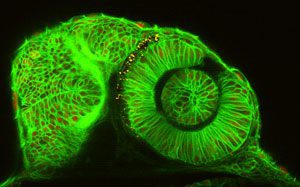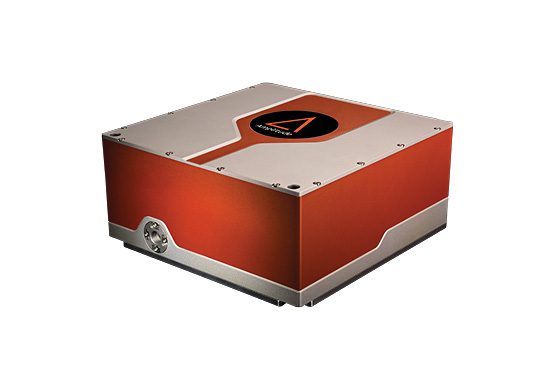
Multiphoton microscopy is a powerful and versatile technique, applied in many areas in biology, such as neurology or embryology. It uses an ultrafast laser to image a living tissue excite fluorescent molecules or proteins and perform optical sectioning while reducing tissue diffusion.
2P excitation microscopy is interesting for several reasons:
> There is a strong improvement in terms of resolution compared to single-photon excitation. The user can therefore perform cuts of thin optical sections, with a precision such that desired specific objectives can be achieved, particularly in terms of shape.
> Because the wavelength is longer, lower energy excitation lasers of multiphoton microscopes are well-suited to use imaging live cells as they cause less damage than short-wavelength lasers. In summary, cells can be observed for longer periods with fewer toxic effects.
Our Goji are ideal source of excitation for multiphoton microscopy. These lasers are air-cooled and provide high average power and energy per pulse in a very small footprint. Their infrared wavelength minimizes autofluorescence, diffusion in biological tissues and cell toxicity, and is ideally suited for fluorescent red-shift proteins and deep tissue imaging.
Finally, as we have a long experience in this field, we already incorporated into our Satsuma and Tangor an external modulator to improve control over the laser beam because we know how necessary this feature is for our end users.


